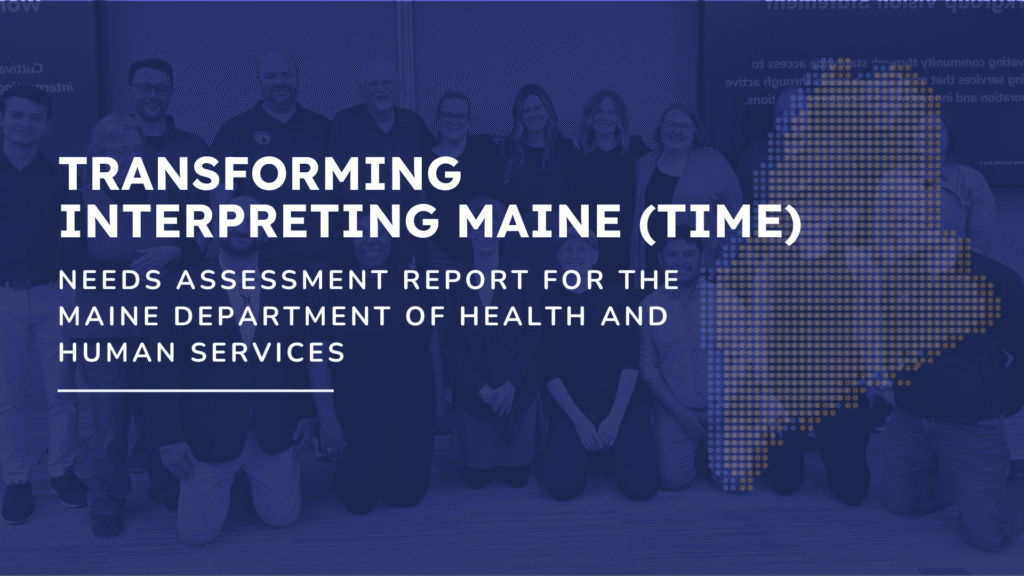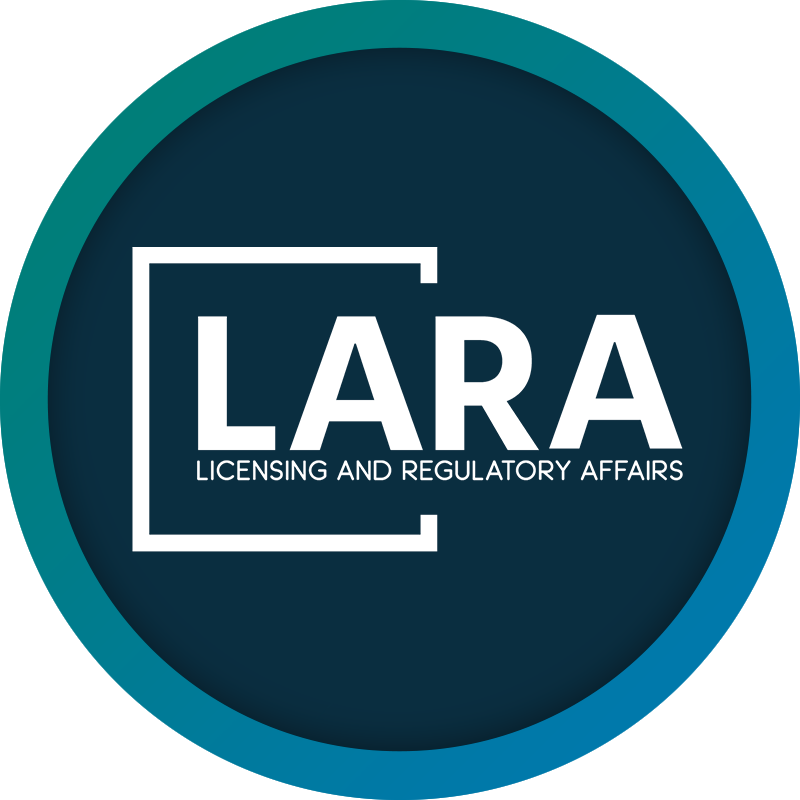Innivee Strategies recently supported the development of the Transforming Interpreting Maine (TIME) final report, a groundbreaking statewide needs assessment of American Sign Language (ASL) interpreting services. This collaborative effort, led by the Maine Department of Health and Human Services (MDHHS) in partnership with the Maine Association of the Deaf (MeAD), Maine Sign Language Interpreter Committee (MeSLIC), several other state agencies, along with our company, Innivee Strategies, aims to improve access to interpreter services for Deaf, DeafBlind, and Hard of Hearing Mainers.
What the Report Revealed
The report confirms and validates the long-held concerns of community members, highlighting significant disparities in interpreter access:
- Regional Inequity: Interpreters are predominantly based in Southern Maine, leaving rural and northern regions significantly underserved.
- Widespread Impact: 91% of Deaf community members reported that interpreter shortages negatively affect their everyday lives, including healthcare, employment, and emergency services.
- Educational Gaps: Only 33% of surveyed interpreters completed formal Interpreter Training Programs.
- Credentialing Challenges: Nearly half of Deaf respondents avoid requesting interpreters due to prior negative experiences tied to fluency issues or cultural mismatches.
- Workforce Attrition: Interpreters cited burnout, unclear certification pathways, and insufficient mentorship as primary factors leading to workforce loss.
Recommendations for Transforming Interpreter Access in Maine
The report outlines critical recommendations, including:
- Establishing a statewide interpreter registry with shared oversight.
- Creating new training opportunities, particularly for Deaf interpreters.
- Improving retention systems to keep experienced interpreters active, especially in underserved regions.
- Strengthening cross-agency leadership and ensuring community-informed implementation.
We were honored to provide needs assessments services for the TIME project, working closely and collaboratively with the TIME group, involving extensive community input through surveys, interviews, and focus groups conducted throughout the state. While our direct involvement concludes with the completion of this report, the TIME Steering Committee and state partners continue their vital work to implement these community-driven solutions.
Next Steps
The project’s steering committee remains active, composed of representatives from key state departments—Health and Human Services, Labor, Licensing, Education—and Deaf community representatives from the Division for the Deaf Hard of Hearing and Late Deafened, Maine Association of the Deaf (MEAD, and Maine Sign Language Interpreting Committee (MESLIC). Together, they are moving forward to ensure these recommendations become actionable strategies that genuinely enhance interpreting services across Maine.
To explore the complete TIME report, access the State’s detailed response, and follow ongoing developments, visit the official project page: https://maine.gov/dhhs/TIME
We thank everyone involved for their commitment to improving interpreting services and fostering meaningful change for Deaf, DeafBlind, and Hard of Hearing communities in Maine and beyond.










